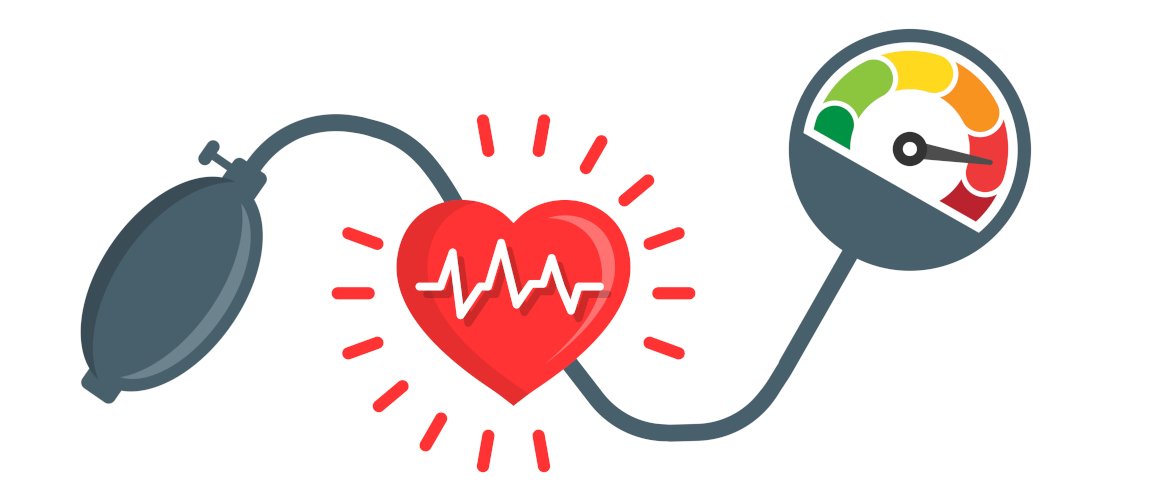- Products
- New Products
- Featured Products
- Color and Print Themes
- Blood Pressure Measurement
- NIBP / Vital Sign Monitors
- Digital Aneroid Sphygmomanometers
- Palm Aneroid Sphygmomanometers
- Pocket Aneroid Sphygmomanometers
- Pro's Combo Sphygmomanometers
- Multicuff Sphygmomanometers
- Clock Aneroid Sphygmomanometers
- Mercury Sphygmomanometers
- Home Blood Pressure Measurement
- Adcuff +
- Gauges
- Bulb & Valves
- Disposable Cuffs
- Reusable Cuffs & Bladders
- Sphygmomanometer Accessories
- Sphygmomanometer Parts
- Caseware
- CPR / Airway
- EENT
- Instruments & Accessories
- Laryngoscopes
- Penlights
- Pulse Oximeters
- Stethoscopes
- Thermometry
- Vital Signs Monitors
- Solutions
- About ADC
- Learning Center
- Support
- Blog
- Contact
Hypertensive? Color-Coded Readings Eliminate the Guesswork

Written By:
The ADC Medical Education Team
Posted On:
May 01, 2023
A new study published in January 2023 found Americans overestimate their understanding of what’s considered “normal” for blood pressure. In the study, “The Role of Confidence and Knowledge in Intentions to (Not) Seek Care for Hypertension,"1 researchers found that 64 percent expressed confidence in their understanding of blood pressure numbers but only 39 could correctly identify a healthy blood pressure, as defined by the American Heart Association (AHA).
The discrepancy isn’t likely to affect treatment decisions when you’re having a blood pressure reading done in a physician’s office, but it could influence those who self-monitor at home. That’s because participants in the study who were confident about their understanding of blood pressure were more likely to say they would act on Stage 2 hypertension readings but less likely to do so for Stage 1 readings, suggesting that some who would benefit from earlier treatment, such as lifestyle changes or medication, might not be pursuing it.
Though the study didn’t explain why the inconsistency exists, it’s possible that updates to blood pressure guidelines implemented in 2017 play a part. These updates, formalized by the American Heart Association (AHA) and the American College of Cardiology (ACC), in consultation with other health professional organizations and experts, eliminated the category of prehypertension and added one called elevated, which is defined by a systolic value between 120-129 mmHg and a diastolic value that’s less than 80 mmHg. Stage 1 Hypertension now begins at 130/80 mmHg, effectively lowering the threshold for what’s considered high “to account for complications that can occur at lower numbers and to allow for earlier intervention.”2
At-Home Monitoring: Two Key Features to Look For
AHA recommends home monitoring for all people with high blood pressure using an automatic, cuff-style, upper-arm monitor. “Experts say the method can prevent ‘white coat hypertension,’ meaning you have higher blood pressure only at the doctor's office, or ‘masked hypertension,’ where your pressure gives a false normal reading at the office,” they note.3 But the benefits of at-home monitoring can be lost if patients are misinterpreting the reading data.
One solution is to use a home blood pressure monitor with a “Traffic Light Indicator,” such as ADC’s new Advantage Connect 6024N. This feature visualizes the reading against a color-coded scale to show where it falls on the AHA scale: green for normal; yellow for elevated, orange for stage 1 hypertension, dark orange for stage 2 hypertension, and red for hypertensive crisis. This eliminates the need for at-home users to interpret readings and gives a clear visual cue for readings that aren’t within the “healthy” range.
.jpg)
A second helpful feature is the ability to pair a monitor with a connected health app. Not only does this make it easy to graph trends and store readings, it helps you quickly share those readings with your healthcare team. Our Advantage Connect 6024N uses Bluetooth for this purpose, and can be paired with the ADC@Home app (which is available at no cost from the Apple® App Store® and Google Play™ store).
Self-measuring of blood pressure with an at-home monitor is not a substitute for regular visits to your physician. A diagnosis of high (or low) blood pressure must be confirmed with a medical professional. If you have been prescribed medication to lower your blood pressure, don't stop taking your medication without consulting your doctor, even if your blood pressure readings are in the normal range during home monitoring.
Footnotes:
- Bruine de Bruin W, Okan Y, Krishnamurti T, Huffman MD. The Role of Confidence and Knowledge in Intentions to (Not) Seek Care for Hypertension: Evidence From a National Survey. Medical Decision Making. 2023;0(0). doi:10.1177/0272989X221148196
- New ACC/AHA High Blood Pressure Guidelines Lower Definition of Hypertension, https://www.acc.org/latest-in-cardiology/articles/2017/11/08/11/47/mon-5...
- AHA, AMA urge widespread self-measured blood pressure monitoring, https://www.heart.org/en/around-the-aha/aha-ama-urge-widespread-self-measured-blood-pressure-monitoring
